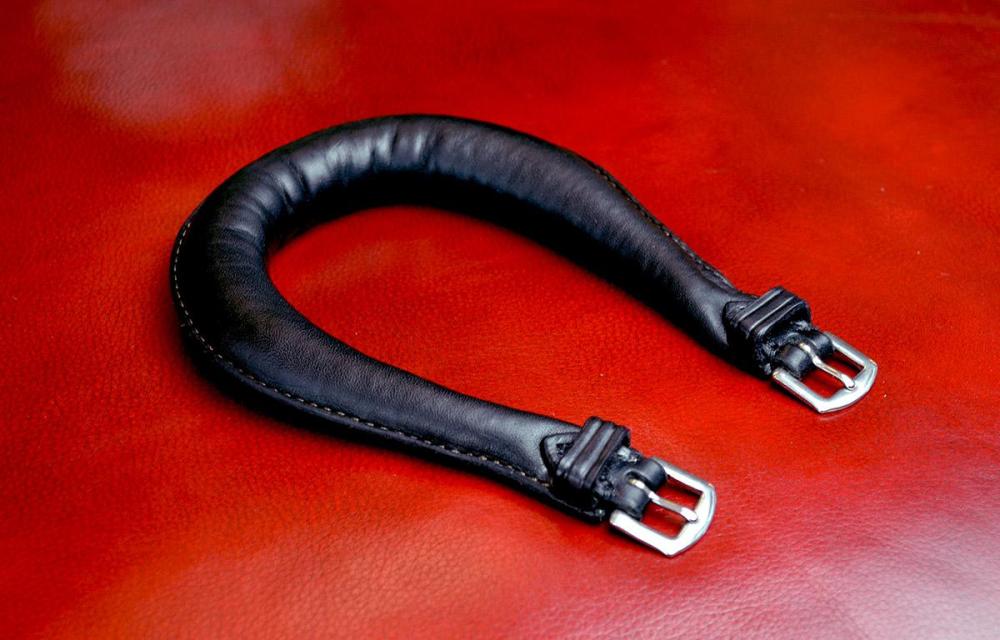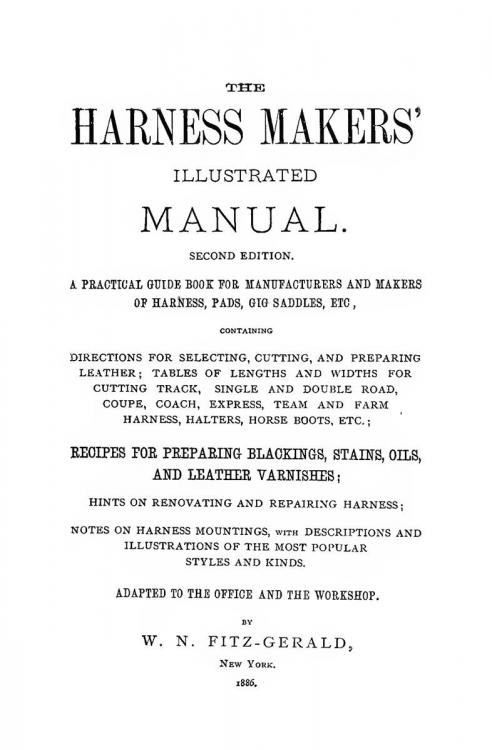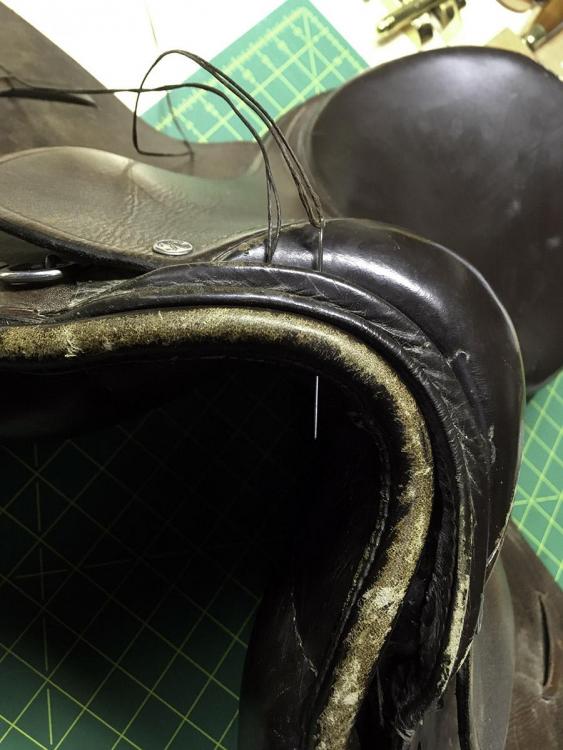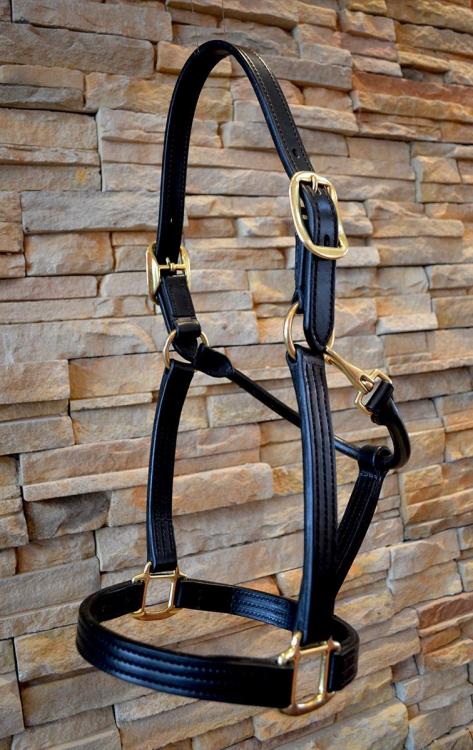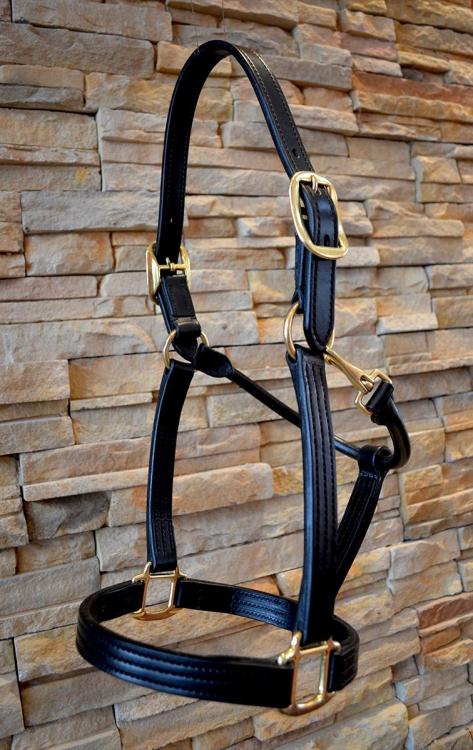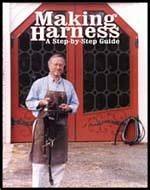-
Posts
1,284 -
Joined
-
Last visited
Content Type
Profiles
Forums
Events
Blogs
Gallery
Everything posted by TomE
-
This little light came with my Cobra sewing machine and is still working 2 years later, although not in continuous use. https://leathermachineco.com/product/lda-1-led-magnetic-light/ I also use a Lightbar headlamp around the shop.
-
Try a new needle and rethreading. Check that bobbin is feeding normally. Also check the hook for burrs and polish if needed. I recently needed to increase needle size from #24 to #25 with a new hide that was slightly thicker than my usual work. The thread (277/207) was fraying on top and using a bigger needle fixed it. Needle size and leather thickness/temper are part of the tension equation.
-
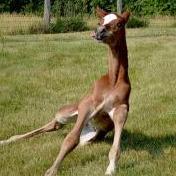
New Sewing Machine GA441 Sewing Machine
TomE replied to Tim Schroeder's topic in Leather Sewing Machines
Hmmm, well I guess I didn't know any better. I do switch between #25 needle (277/207 thread) and #21 needle (138 thread) without changing the inner race. I adjust the top and bottom tension and my Class 4 sews fine. I am sewing 20-30 oz of leather with the #25 needle, and 6-10 oz with the #21 mainly on narrow straps and raised leather features. -
Not sure about locked feet, but this video from @Uwe was a great help for setting the timing of the walking foot mechanism.
-
Really nice. I like the popcorn idea. I saw some flax seed in the grocery store and decided it was time to make a crupper. This padded loop goes around a horse's tailhead to keep a saddle or driving harness from sliding forward on the withers. They are traditionally stuffed with flax seed, which also provides oil as a leather conditioner.
-

New Sewing Machine GA441 Sewing Machine
TomE replied to Tim Schroeder's topic in Leather Sewing Machines
That's a handsome setup, @Tim Schroeder. I agree that the narrow plates and dogs are game changers for the 441 clones. I am learning to machine sew projects that I did by hand sewing previously. Still on my learners permit for sewing lightweight goods. -
@Patrick1 Patrick Hennigan makes flat plates with dogs of various widths. https://heprecision.com/ . He also has an interesting narrow presser foot set as an alternative to an in-line foot.
-
The author of this harness making manual repeatedly says splitting strains and damages the leather. He recommends buying hides in all the thicknesses needed to avoid splitting whenever possible. Also says that removing thickness from the flesh side significantly weakens the leather, compared to an intact/tanned hide of same thickness. For example: "Running the hide through the splitting-machine has long been acknowledged to be detrimental to the leather, owing to the severe strain to which it is subjected, but the introduction of the belt-knife machine for splitting removes much of this objection, as the hide is split without being strained in the least." Since the band knife splitter is OK in his opinion, I am wondering if a crank or motorized splitter is similarly nondamaging. I am considering a Cobra splitter to handle wider pieces than I can split with a manual splitter. I'd like to split bridle leather bellies and shoulders for cases, purses, etc. These pieces are leftover from cutting straps from 9-10 oz sides of leather. I'd appreciate hearing your opinions and experiences about whether one of these feed through splitters damages the leather.
-

Sheath for big scissors
TomE replied to Bawarrior's topic in Gun Holsters, Rifle Slings and Knife Sheathes
Really like how the border frames the leaves. Great textures. Did you use a beader for the inside of the border? -

Shotgun chaps with tooled yokes
TomE replied to Mulesaw's topic in Clothing, Jackets, Vests and Chaps
Good looking chaps, @Mulesaw! Smart looking tooling and stitching. I like your maker's logo as well. -
Fiebing's online shop lists black Pro Dye in 4oz, quarts, and gallons. I found this old harness maker's manual with recipes for many different "blacking" dyes (Chapter XXV). https://upload.wikimedia.org/wikipedia/commons/8/80/The_harness_makers'_illustrated_manual._A_practical_guide_book_for_manufacturers_and_makers_of_harness%2C_pads%2C_gig_saddles%2C_etc._.._(IA_cu31924000022636).pdf It's a fun read if you're easily entertained like me.
-
That all sounds good. Will be interested in how the felt burnishing works out.
-
The "copperas" in the Hasluck recipe above is iron sulfate crystals. He adds "log chips" and "gall nuts" that I guess are for tannins. The "gum arabic" is polysaccharide and probably helps with slicking the edge. Old school recipe. @Dwight of course you can buy Fiebing's pro black dye from their online store or from Springfield Leather, etc. There is something different about black pro dye compared with the browns I use more often. The black tends to dry out the leather more (oiling fixes it), and I notice an oily residue (not seen with the browns) when I rinse the dauber with water.
-
I use the sanding drum on a Cobra burnisher as a first pass to level up edges after trimming or to even out a curve. Need to be careful about the heat generated that will burn the leather. A light touch is best. I finish by hand sanding before burnishing.
-
I don't think iron sulfate is very reactive. It is unlikely to damage polyester thread. Hasluck ("Harness Making" 1904) describes making black dye. "The dye or stain is made by boiling together for half an hour 1 lb logwood chips, 4 oz crushed nutgalls, 1/2 lb copperas, a little gum arabic, and 5 qt of water. Keep a little in an old bottle hung near the bench. The dye is applied with a stick having a piece of felt attached to its end. The ink can be thinned by the addition of water."
-
Maine Thread Co makes waxed polyester threads in heavy weights, some of which are called artificial sinew. I've used their 0.040" waxed polycord, doubled up, to sew new girth straps on a saddle and reattach the panel. Heavy stuff!
-
Thought I'd share the methods I've pieced together for making a triple stitched halter with a rolled throatlatch (link below). I've benefitted greatly from the advice of members of this forum and hope others find this information useful. I welcome your suggestions, corrections, alternative methods, etc. Thanks for looking. ellenberger-halter-methods.pdf
-
The throatlatches I've seen in that shape feel like they're solid leather to me. Haven't taken one apart. After shaping the rolled throatlatch in a rein rounder you can bend it into a shape and it will hold the shape fairly well when dry. Steinke ("Bridlework" book) mentions using an insulated multistrand wire for smaller rolled pieces. It needs to have some flexibility. I'd be concerned about a single conductor copper wire being too ductile. My money is on an all leather rolled strap giving you the best result. I'm going to post my complete methods for making a halter in this forum shortly. Would welcome your feedback.



